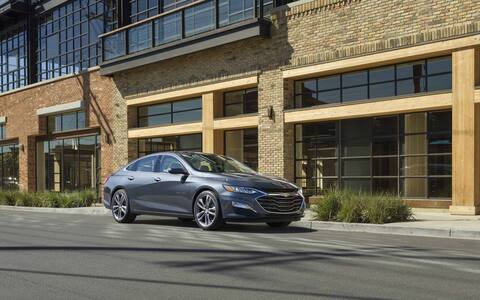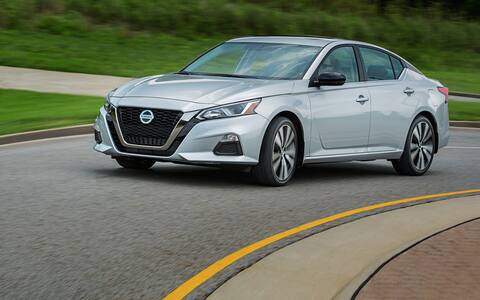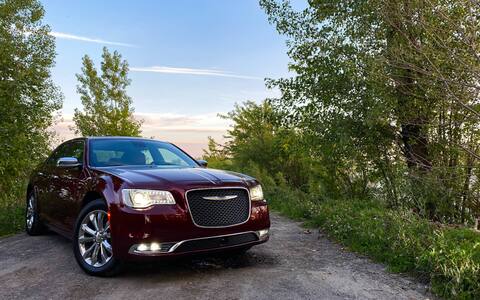Bye bye sedans | The Journal of Montreal
Barely two years after the arrival of his sedan 200 completely renewed, Chrysler put an abrupt end to its career. And for good reason, a strategic change coupled with a difficult profitability due to a too low volume of sales. Still, the last 200 can be considered the best midsize sedan the automaker has ever built.
It was unfortunately too late. Impossible for the company to compete with established models like the Toyota camry and the Honda accord which were at the top of the sales charts in this segment, which is still the case. The abandonment of this sedan was a symbol of a cold shower for the automotive industry, which then saw this gesture as the beginning of a major change in the industry. An abandonment which, let us remember, was going to occur practically at the same time as that of the Dodge dart, a real commercial failure.
Fall like flies
In 2017, it was then Ford’s turn to announce the abandonment of its cars. First, its Fiesta and Focus models, then the Taurus. The Fusion sedan will have continued its path until 2020, being only available in a hybrid version at the end of its career. GM has also followed suit with the withdrawal of its Sonic, Cruze, Volt and Impala models, still keeping only the Malibu which, you might imagine, lives on borrowed time.
It must nevertheless be understood that if the survival of this model seems inconsistent here compared to the withdrawal of the Cruze (much more popular with us), it was different on the other side of the border. In fact, it was selling on a North American scale about the same number of Cruze as Malibu, GM having preferred to keep the second for a simple question of profitability. That said, here is a car which, although still available, is not promoted by its manufacturer in any way.
So the list of sedans of all sizes so far discontinued is only growing, especially if you include Lincoln models. However, it was recently announced that Mazda would in turn kill the Mazda6, a very interesting sedan, but more and more shunned by the public. Rumors about a new generation model were nevertheless rife, it is however obvious that in 2021, the market is no longer there. We are also seeing a drop in sales twice as strong as that of the general market which, due to COVID-19, fell in 2020 by 19.8%. A drop that is certainly significant, but certainly less than that of mid-size sedans, which plummeted by 41.2%.
This decrease can of course be explained by the withdrawal of several models, but also by the public’s disinterest in this type of configuration. And do not think that the lack of technologies or updates is there for something, since several manufacturers still believe in it or at least believed in it until very recently. Without it, Nissan would not have renewed its Altima sedan, better than ever and now equipped with four-wheel drive, although it has never been so unpopular since its arrival in 1993.
Who will be next?
So, in addition to the Mazda6, which sedans will be leaving us soon? We already know that the Arteon and Passat will not be renewed. Volkswagen recently made the announcement, shortly after confirming the withdrawal of its Golf from Canadian soil. Logically, also expect the departure of the remaining large Japanese sedans. In this case, the Nissan Maxima and the Toyota Avalon, of course still relevant to our neighbors to the south, but which only collects dust in dealer yards.
The Chrysler 300 and Dodge charger? Mystery and gumdrop! A duo of cars whose sales are also in free fall, but which contradicts all forecasts. The only survivors of the large American sedans, as if at Chrysler, time had stood still.
Considering their departure, there would only remain a Korean duo (Hyundai Sonata / Kia K5) as well as a Japanese quartet made up of the Honda Accord, Nissan Altima, Subaru Legacy and Toyota Camry. And we should not either forget the Prius, which lodged in this segment for a few years, although it does band apart. A car that reminds us of the announcement of the abandonment of the Honda Clarity, for 2022.
The mid-size sedan segment could therefore represent barely 1.5% of the Canadian automotive market for 2022, with an approximation of 25,000 units sold. A drop of water in the ocean, when this category of vehicles at one time symbolized about a quarter of automobile sales in the country.








